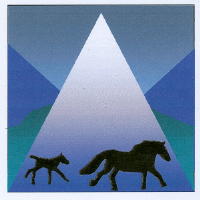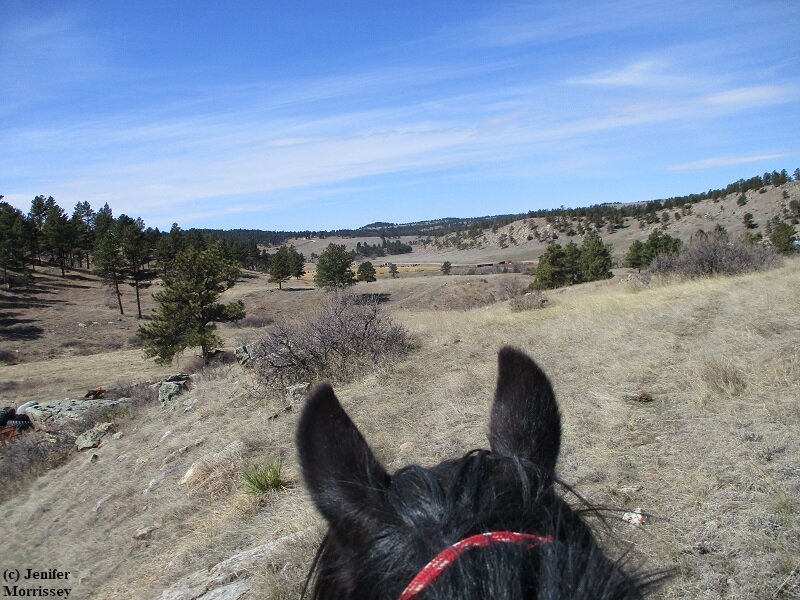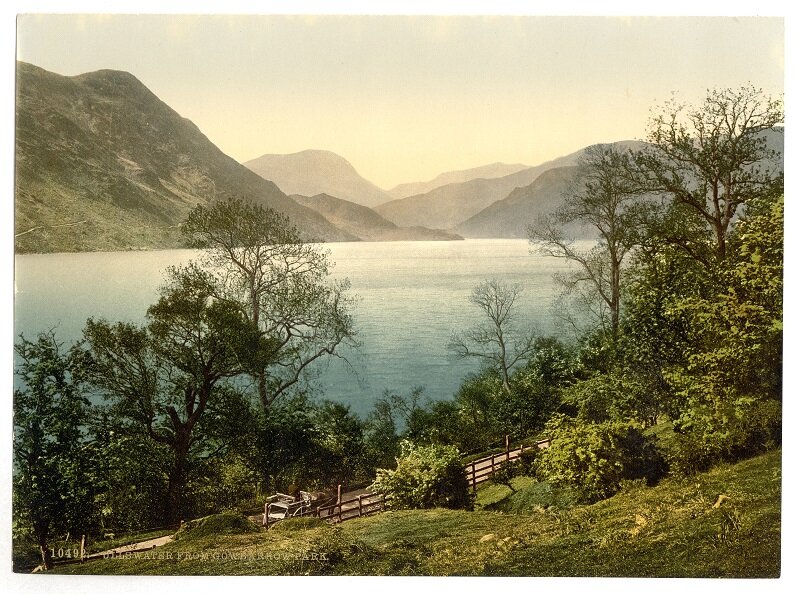Feeding Weanlings
/When I first learned about Fell Ponies, I thought, rightly, that their hardiness and easy-keeping qualities would make them a good fit for the Rocky Mountain environment I called home. Indeed they endured winters of three or four feet of snow without difficulty, often to be found during a storm with several inches of snow accumulated on their backs. When I began keeping weanlings through the winter, though, I learned quickly that many of them needed different care than older ponies.
On my first trip to the homeland of the Fell Pony in Cumbria, England, one of the hill breeders I visited had three weanlings in a large, well-lit shed. Later I observed that other hill breeders similarly keep their weanlings indoors or in sheds all winter where they can be fed and protected from the weather. This practice explained why the youngstock that I have imported from England are all much more physically mature than the ponies I raise at home at the same age. Over my two decades of breeding these ponies, I’ve observed that weanlings through to yearlings put all their extra calories into growing, so that they have to be monitored closely in extreme winter weather conditions to ensure they stay in good condition.
In the winter weather of my Colorado home, my Fell Pony weanlings put on quite a fluffy coat. Some of them developed an almost fleece like layer that was as much as two inches think. I quickly learned that it is critical, when monitoring weanlings in cold climates, to work my fingers deep under their coats to the skin to assess body condition. Feeling the ribs doesn’t necessarily mean a pony is too thin; in the Henneke Body Condition Score, moderate or acceptable condition is “Ribs cannot be visually distinguished but can be easily felt.” (1) There’s no way you can visually distinguish ribs under that typical weanling fleece coat, so in addition to palpating the ribs, I have found that palpating the withers is helpful in assessing condition. If I find a hollowness behind the withers then I know that a weanling’s condition needs to be improved. Sometimes I can also get good information by stroking the neck, though that typically gives the best information when done frequently so that changes can be noted. (Click here for more information on assessing body condition.)
What I have found that pony weanlings need more than their older relations in tough winter conditions is digestible energy with low non-structural carbohydrates. Non-structural carbohydrates (NSC) are the sugars and starches in feed that cause glycemic reactions in equines which can lead to digestive upsets, colic and founder, among other diseases. Hay causes a very low glycemic reaction; oats, corn and barley create large swings. NSC values, then, are a measure of the possible glycemic reaction. Typical sweet feeds have an NSC content of 67%, while low-NSC products typically range from 9 to 20 percent. Low NSC feeds are designed to give extra high-quality calories without triggering a glycemic response.
I’ve now moved from my Colorado location and its very snowy winters to South Dakota. We still have real winter with prolonged cold and some snow, but my ponies are eating less hay and more pasture. How I need to care for my weanlings, though, seems similar so far. They do best out with the herd as much as practical, but then need that extra help from regular supplementation of digestible energy. Just like in Colorado, anything extra that they get is put into growth, with just enough flesh to stay warm. So they get very used to me prodding under their heavy coats to see how much flesh they have covering their bones to make sure I’m giving them enough. And they get used to eating their feed with me holding the bucket so they don’t spill those precious calories!
© Jenifer Morrissey, 2020















































